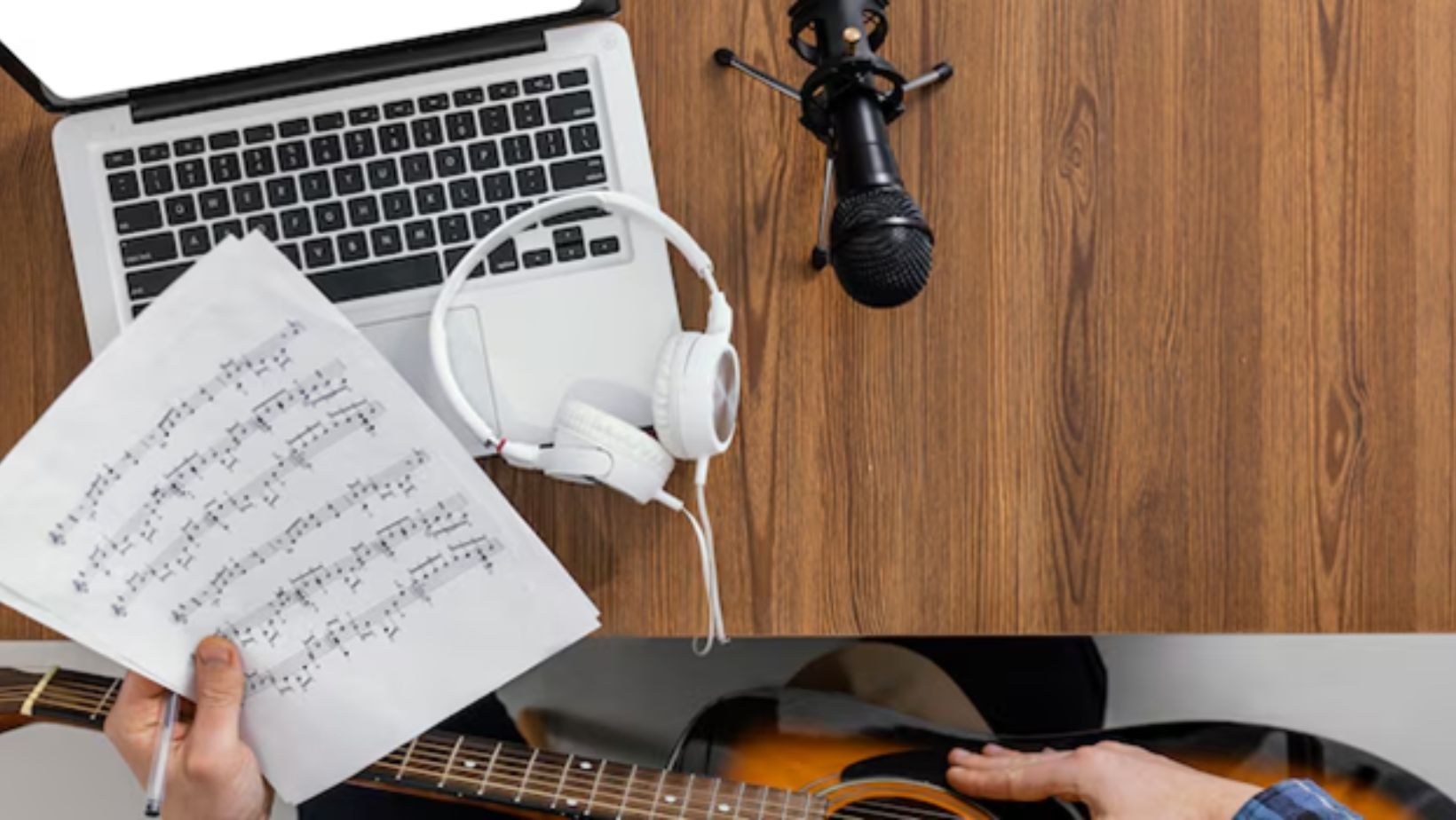
The music business is a dynamic blend of artistry and commerce. At its core lies a structured system of royalties and copyrights that ensures creators are compensated for their work and that their intellectual property is protected. This article explores the fundamental concepts of royalties and copyrights, how they operate, and their role in shaping the music industry.
What Are Music Royalties?
Music royalties are the primary means by which artists, songwriters, and other stakeholders earn income from their creations. These payments are made whenever a song is used, played, or distributed in any form. They ensure that the efforts of creators are rewarded and protected financially.
Types of Music Royalties
There are several categories of royalties, each corresponding to different uses of music. Understanding these types is crucial for anyone involved in the music business.
Performance Royalties: These royalties are generated whenever a song is performed or broadcast in public settings. This includes live concerts, radio airplay, television, and streaming services. Performing rights organizations (PROs), such as ASCAP, BMI, and SESAC, play a critical role in collecting and distributing these royalties to rights holders.
Mechanical Royalties: Mechanical royalties are earned when a song is reproduced, such as through physical album sales, digital downloads, or streaming. Services like Spotify and Apple Music contribute significantly to this revenue stream, paying rights holders every time their work is played.
Synchronization (Sync) Royalties: Sync royalties are earned when a song is used in conjunction with visual media, such as in films, TV shows, advertisements, or video games. These royalties often represent lucrative opportunities for composers and producers.
The Role of Copyright in Music
Copyright law serves as the foundation for protecting musical works, granting creators exclusive rights to their compositions and recordings. It allows creators to control how their work is used and ensures they can benefit financially from their creations.
How Copyright Protects Musical Works
Music copyright generally protects two distinct elements: the composition and the sound recording.

The composition includes the melody and lyrics, while the sound recording refers to the specific recorded performance of the composition. By securing these rights, creators can monetize their work while preventing unauthorized use.
How to Acquire Copyright Protection
Copyright protection is automatic as soon as a song is fixed in a tangible form, such as a recording or written sheet music. However, registering a copyright with a national copyright office, like the U.S. Copyright Office, provides additional benefits, such as the ability to pursue statutory damages in cases of infringement and establish legal ownership.
Revenue Streams in the Music Industry
The modern music industry offers a variety of revenue streams, enabling artists and rights holders to monetize their work in diverse ways. This diversification helps creators build financial stability in an evolving industry.
Key Revenue Sources for Artists
Streaming platforms represent a dominant revenue source, contributing both mechanical and performance royalties. Other significant streams include live performances, merchandise sales, physical album sales, and licensing deals. Each revenue source plays a unique role in shaping an artist’s income.
Licensing Agreements and Their Importance
Licensing agreements are contracts that permit third parties to use copyrighted music under specified terms. They play a vital role in ensuring that creators and rights holders are compensated fairly while allowing their music to reach broader audiences with https://www.youtube.com/@SerenaAIMusic.
Types of Licensing Agreements
There are various types of licensing agreements, each tailored to a specific use case. These include licenses for radio airplay, synchronization licenses for audiovisual media, and cover licenses for re-recordings of existing songs. Licensing agreements help maximize revenue potential while safeguarding intellectual property.
The Role of Terms in Licensing
Licensing agreements outline key terms such as payment rates, duration of use, and geographic limitations. Clear and well-negotiated agreements help prevent disputes and ensure that all parties involved benefit fairly from the arrangement.
Challenges in Managing Royalties and Copyrights
Despite their importance, managing royalties and copyrights comes with challenges. Delays in royalty payments, disputes over ownership, and copyright infringement are common issues that creators and rights holders face.
Solutions to Common Challenges
Performing rights organizations, music publishers, and legal advisors can help creators address these challenges.

Proper documentation, frequent audits, and using technology platforms to track royalty payments are some of the best practices for managing rights effectively.
The Future of Royalties and Copyrights in the Digital Age
The digital revolution has transformed the music industry, introducing both opportunities and challenges. New technologies like blockchain, artificial intelligence, and non-fungible tokens (NFTs) are reshaping how royalties are tracked and copyrights are enforced.
Adapting to New Technologies
As the industry continues to evolve, creators and professionals must stay informed about emerging trends. Leveraging new tools for music distribution, tracking, and licensing can help protect rights and optimize revenue. Embracing innovation while maintaining a strong understanding of existing legal frameworks will be critical for success in the digital age.
Conclusion
The music industry relies on royalties and copyrights to sustain its ecosystem, ensuring that creators are fairly compensated and that their intellectual property is protected. By understanding these concepts and staying adaptable in a rapidly changing environment, artists and industry professionals can build lasting and profitable careers.


